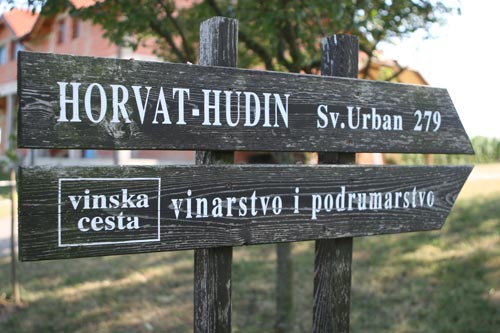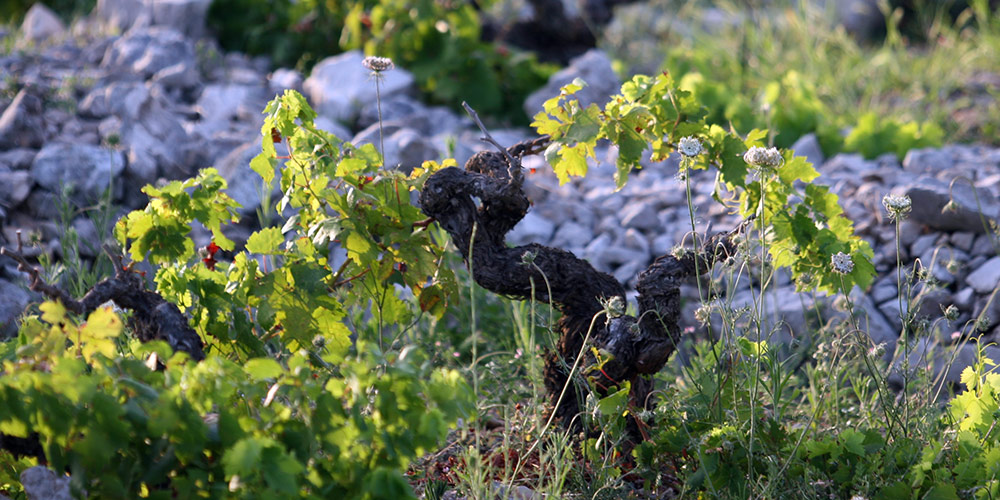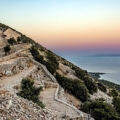
This is an article from our archives that was previously run on another site in August, 2007.
I hadn’t actually been to the Međimurje region before, but it felt a bit like home regardless. We had decided to take a bit of a detour to go north of Zagreb an hour or so in to this beautifully green region of Northern Croatia by the Slovenian-Hungarian border.
It’s a far departure from the coast and a place where they mainly only grow whites. For me though, it is the cradle of my father’s family. They originally came from this region, as well as the Zagorje. While most were farmers, some were winemakers. My father’s great uncle brought his wine press with him to America at the turn of the century. Apparently, some of the winemakers stayed on up there through two world wars and a civil war. But, this region was not nearly as affected as others by the up and down social history of Croatia as others.
As we drove along through the Međimurje region on our way to the town of Štrigova, signs for the Vinska Cesta of the region kept popping up and we gradually started to find more and more of them pointing where we were going. We turned off from heading to Štrigova and made our way towards Sveti Urban (Saint Urban, which while a proper name in Croatian, definitely sounds odd in English).
After one or two minor wrong turns on these very twisty roads, we found the winery of Hudin-Horvat, or Horvat-Hudin, or most likely soon to just be Horvat. The patriarch of the family, Josip Hudin only had one daughter and it is still the custom in the area for women to not only take their husband’s family name, but also for a family with no sons to have their name dropped from the name of the business. Coming from a country that is all about branding and name recognition, it seems counter productive from a business point of view, but it is the way things are done.

The Hudin-Horvat family has been farming this land and making wines from the several hectares that they own for the last century or so. Like many Croatians, they are working to plant more land prior to Croatia joining the EU in order to establish as much wine land as possible. We walked over a bit of the land to see all the grapes that were just a couple of weeks away from harvest. Then they took us down in to the cellars where they have a rather impressive assembly of tanks and a few barrels for aging. On top of all of this, there sits a good sized tasting room and inn. It is similar to what many winemakers in the region have done in order to allow themselves to be able to have tour groups visit.
In all honesty, I need to make it clear that we’re not close family. Our connection goes back at least six generations and quite possibly more. Despite this, my family name is the same as Josip’s and we had written back and forth a couple times previously. Even still, they welcomed us like we were their closest relatives when we showed up and brought out homemade pršut, bread, and a wide range of freshly baked cookies. Naturally, they also opened up some of their wines.
Like others, they only grow whites. Their main wine is a Rajnski Riesling, which is a nice dry, somewhat sweet wine. The 2006 had a nose that wasn’t overly sweet like other Rieslings that we’ve had. While the body was a bit tart, it finished out well. In addition to this wine, they also grow White Pinot (Pinot Bijeli), Šipon, Graševina, Sauvignon Blanc, and Yellow Muscat (Muškat Žuti). They get a good yield out of their land, but because we were working as best we could to speak Croatian (they didn’t speak any English) we didn’t get as many facts and figures as we normally would but we’ll definitely be returning to their winery again.

